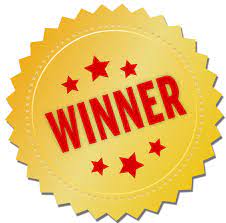
Have you noticed how many of us are nervous, overworked, over-scheduled, and often puzzled on how to separate truth from fabrication? What’s going to happen? Who will tell us what’s going on?
We are most confident when we stand in the middle, surrounded by familiar faces, roles, and tasks. From a solid center, we know what to do. We can choose a goal, make plans, find resources and collaborators. We can predict with confidence. Paths emerge. All we have to do is choose one.
But when the center evaporates and we stand on the edge of things, uncertainty beckons. When the familiar dissipates, who knows what lurks in the chaos beyond the wall? Stories of monsters waiting to devour us titillate our senses, reminding us to stay put and stay safe.
But that’s not the only choice. When the safety of the ordinary fails, another response is called for. If we stop, even for a moment, we might remember something. A shiver, a feeling, a vague memory of what once was and could be again.
We might recall that we are more than what the world sees. We might remember that the outer world reflects a deeper reality. We might remember our soul sitting deep inside us, ever patient, ever waiting for us to hear its whispered call.
“In the interval between each thought, in the interval between each heartbeat, we remember what we always knew.”
(William Irwin Thompson)
Peace does not happen out there. Peace starts with those willing to look for new responses, new ways of being in the world. Inside each person who chooses peace over strife, a bud of solitude can bloom into an awareness of the vast creative nature of what connects us to all that lives.
We can access that awareness through our Creative Self, a bridge between our ordinary waking mind and the soul. The Creative Self invites us to be more, know more, remember more. It is calm, patient, joyful, and playful. It wants to paint a picture, compose a poem, dance all night and then watch the sunrise offer the promise of another day. The Creative Self plays a game with no winners and losers because its game will never end.
Peace starts with us. We start small. We slow down. We remember that even when the center of society is shifting into something we can’t fathom, we have our own center.
To remember who you really are, try a few simple techniques:
- Find time to be alone without tasks or the buzz of electronics. Embrace stillness. Even a few minutes of silence can clear your mind and promote a sense of peace.
- Spend time in nature. Grass, trees, lakes, a running brook, or an ocean can soothe our minds and remind us we are part of something huge. A hike in the mountains, a walk in a park, sitting in your garden. All are healing and peaceful.
- Set aside time for creative work. Learn to draw, record your memories, play with clay. Even using colored pencils to fill in the images in an adult coloring book has the power to evoke the playful child within and increase feelings of peace.
- Find a child or a dog, then play with them. You’ll have to sit on the floor, but it’s worth it, since they are our teachers in loving without judgment.

Our center hasn’t gone anywhere. Our task is to unearth it, climb inside, and look out at our world with different eyes.

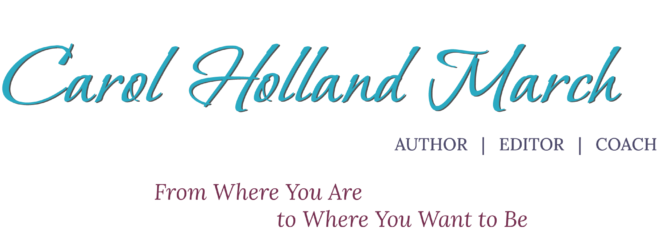


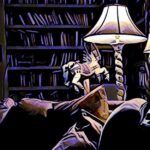
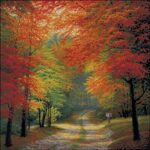
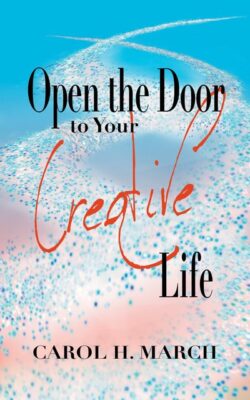

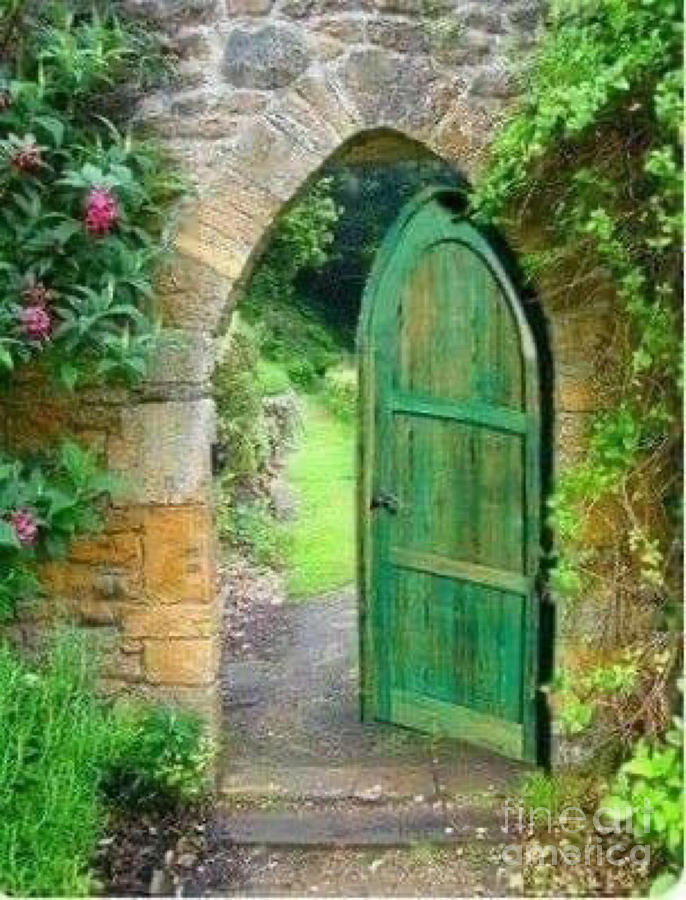
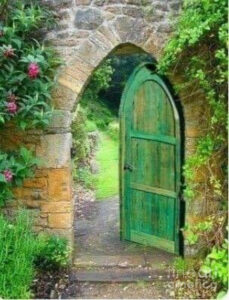 It’s right there. Behind that tree. In the shadow of the curtain in the room where you sleep. In your dreams, glowing with golden light.
It’s right there. Behind that tree. In the shadow of the curtain in the room where you sleep. In your dreams, glowing with golden light. 


